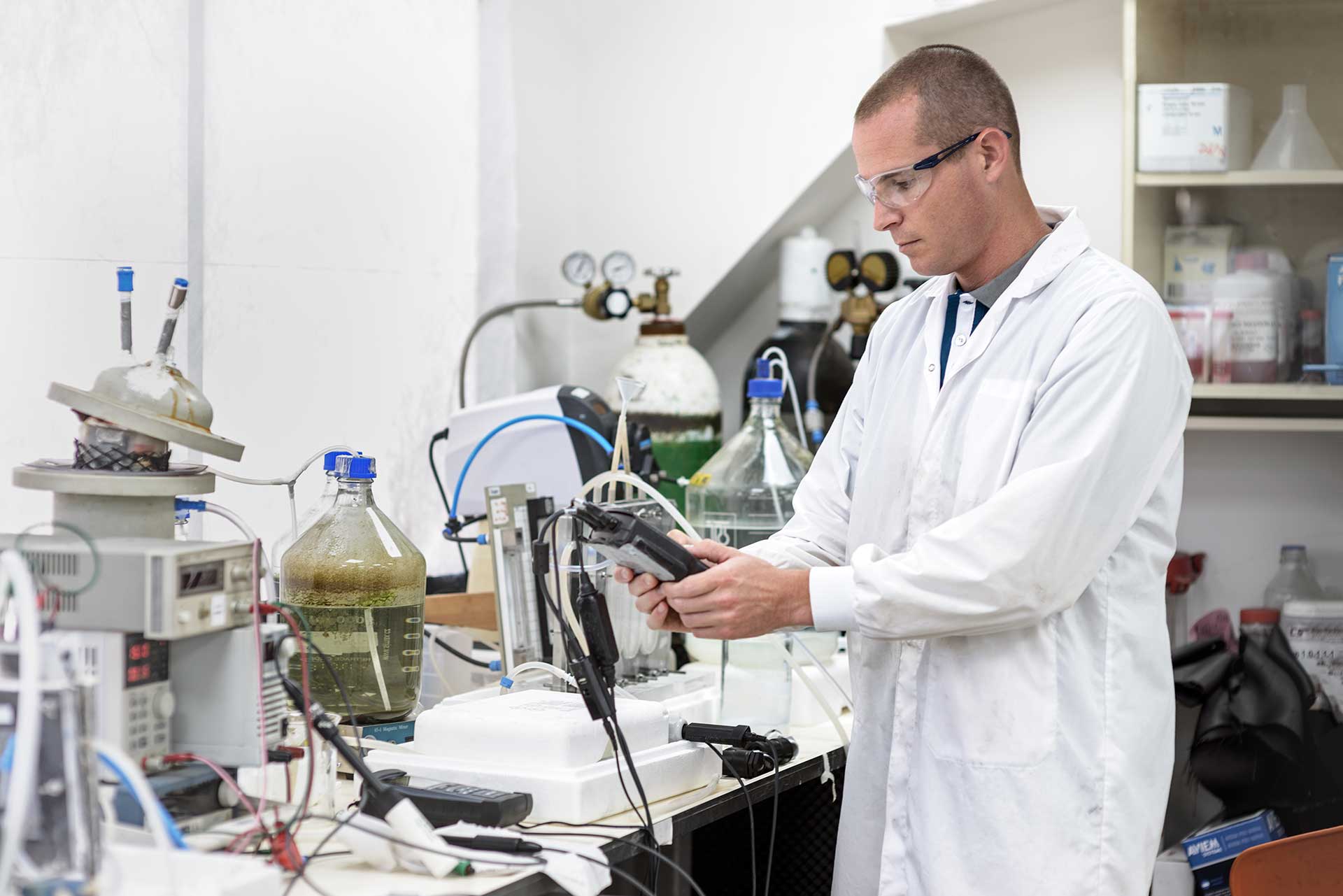Effective sewage treatment and sanitation are essential for public health and environmental protection. Innovations in this field are improving efficiency, sustainability, and accessibility, paving the way for a cleaner future.
The Current State of Sewage Treatment

Traditional sewage treatment involves three stages:
- Primary Treatment: Removal of large solids through screening and sedimentation.
- Secondary Treatment: Breakdown of organic matter using bacteria.
- Tertiary Treatment: Advanced processes for nutrient and contaminant removal.
While effective, traditional methods can be resource-intensive and may not address emerging pollutants like microplastics or pharmaceuticals.
Key Innovations in Sewage Treatment
1. Membrane Bioreactors (MBRs)
MBRs combine biological treatment with membrane filtration to achieve high-quality effluent.
- Advantages: Removes fine particles and pathogens, producing water suitable for reuse.
- Applications: Ideal for urban areas with limited space.
2. Anaerobic Digesters
Anaerobic digestion uses microorganisms to break down organic matter, producing biogas as a byproduct.
- Benefits: Generates renewable energy and reduces greenhouse gas emissions.
- Use Cases: Frequently deployed in industrial and agricultural settings.
3. Nutrient Recovery Systems
Innovative systems capture phosphorus and nitrogen from wastewater for use in fertilizers.
- Environmental Impact: Reduces eutrophication in water bodies.
- Economic Potential: Creates a sustainable revenue stream for treatment facilities.
4. Decentralized Treatment Systems
These systems provide localized sewage treatment solutions for rural or remote areas.
- Advantages: Reduces infrastructure costs and extends service to underserved communities.
- Examples: Compact treatment units for individual homes or small communities.
Emerging Sanitation Technologies
1. Waterless Toilets
Waterless or composting toilets reduce water usage and produce compostable material.
- Ideal For: Areas facing water scarcity or limited sanitation infrastructure.
2. AI-Powered Monitoring Systems
Artificial intelligence optimizes treatment processes by analyzing real-time data.
- Benefits: Enhances efficiency, predicts maintenance needs, and lowers costs.
3. Microbial Fuel Cells
These systems generate electricity by harnessing the metabolic processes of bacteria.
- Innovative Use: Simultaneously treats wastewater and produces energy.
Challenges in Implementing Innovations
- High Costs: Advanced technologies often require significant upfront investment.
- Infrastructure Limitations: Retrofitting older systems can be complex.
- Public Awareness: Educating communities about new solutions is essential for adoption.
The Global Impact of Sewage Treatment Innovations

Environmental Benefits
- Reduced water pollution and greenhouse gas emissions.
- Enhanced water recycling efforts for sustainable resource management.
Public Health Improvements
- Better sanitation access reduces the spread of waterborne diseases.
- Cleaner water supplies support healthier ecosystems and communities.
Moving Toward a Sustainable Future
As technology advances, sewage treatment and sanitation will evolve, balancing efficiency with sustainability. Governments, businesses, and communities must collaborate to implement these innovations for a healthier planet.

